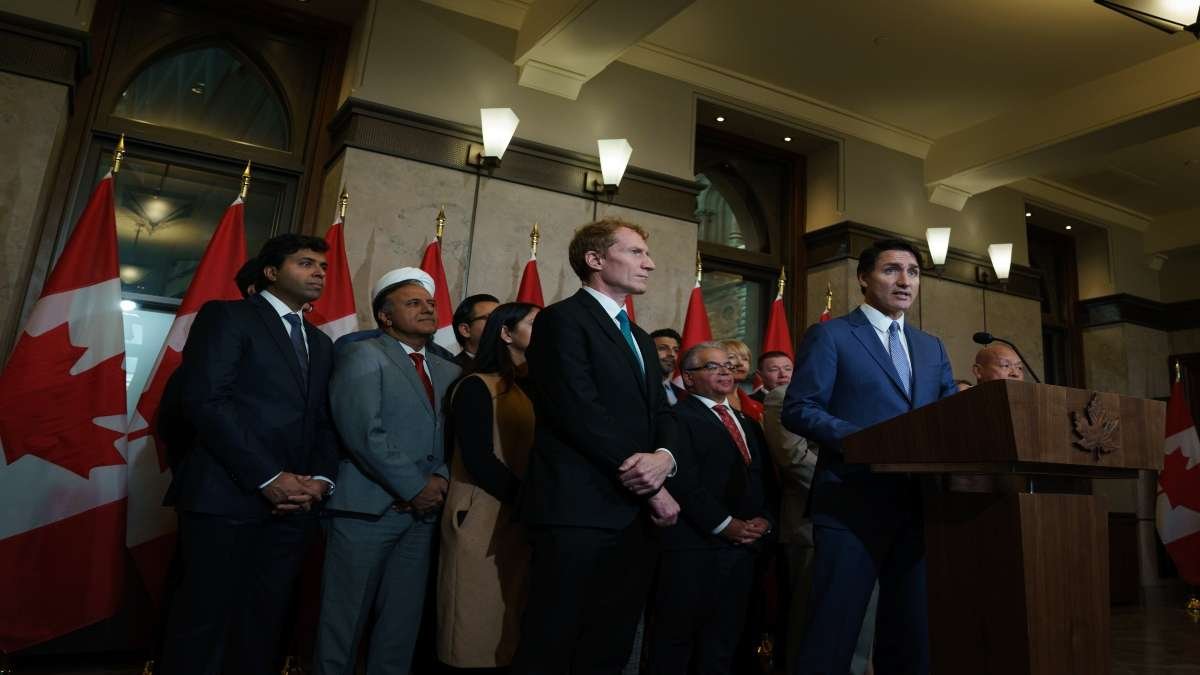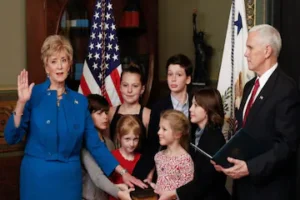Canada to reduce immigration targets to support sustainable economic growth

Justin Trudeau, the Prime Minister of Canada, has revealed a temporary decrease in immigration goals as part of the Immigration Levels Plan for 2025–2027. He emphasized that this strategy will provide a window for the economy to align itself and concentrate on achieving sustainable and lasting expansion.
Justin Trudeau, the Prime Minister of Canada, unveiled a strategy on Thursday (October 25) aimed at decreasing immigration goals temporarily in order to foster steady and sustainable development in the future. The 2025–2027 Immigration Levels Plan, recently presented, incorporates delimited objectives for temporary residents such as international students and foreign workers, alongside permanent residents, for a brief two-year period. This initiative is designed to provide space for the Canadian economy to align itself accordingly.
The Canadian Prime Minister emphasized that immigration plays a pivotal role in Canada’s narrative. Expressing a pragmatic approach, he highlighted the temporary reduction in the influx of immigrants as a measure aimed at catering to the current economic requirements of the country.
He emphasized the need to ensure the system functions properly for every Canadian.
In a significant move, the government has unveiled a decrease in the targets set for permanent residents under the Immigration Levels Plan. Minister Marc Miller, responsible for Immigration, Refugees, and Citizenship, disclosed that the planned numbers are being adjusted as follows: 395,000 for 2025, 380,000 for 2026, and 365,000 for 2027, marking the first reduction in targets compared to the previous year.
Furthermore, Minister Miller declared that the Levels Plan is aimed at reducing the temporary resident intake to 5% of Canada’s total population by 2026. He specified that there would be a decrease of 445,901 temporary residents in 2025 and 445,662 in 2026 compared to previous years, with a slight rise of 17,439 in 2027.
The decline in numbers stems from various alterations made in the last year. These changes encompass imposing a limit on international students and enhancing the criteria for temporary foreign workers. These adjustments aim to reduce the influx and enhance the credibility and standards of our temporary resident initiatives,” he further explained.
Furthermore, it is essential to mention that a government report on the Immigration strategy also emphasized additional actions. The document articulates the importance of shifting a greater number of temporary residents currently in Canada as students and workers to permanent residency status. The focus remains on fostering long-term economic development and prioritizing crucial labor market segments like health and skilled trades. Additionally, there is a commitment to bolstering Francophone communities beyond Quebec to enhance their economic well-being.
The document mentioned that Francophone immigration will account for 8.5% of the total permanent resident admission targets in 2025, increasing to 9.5% in 2026 and further to 10% in 2027.














